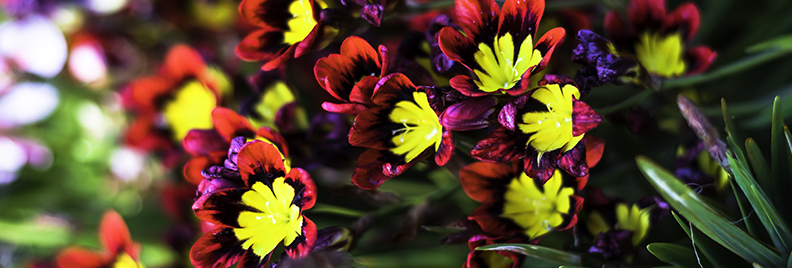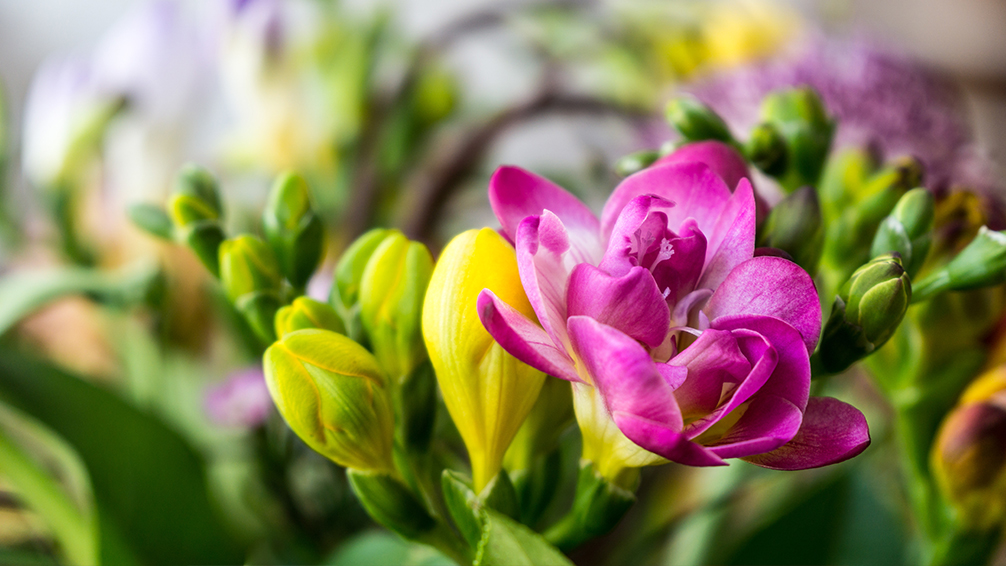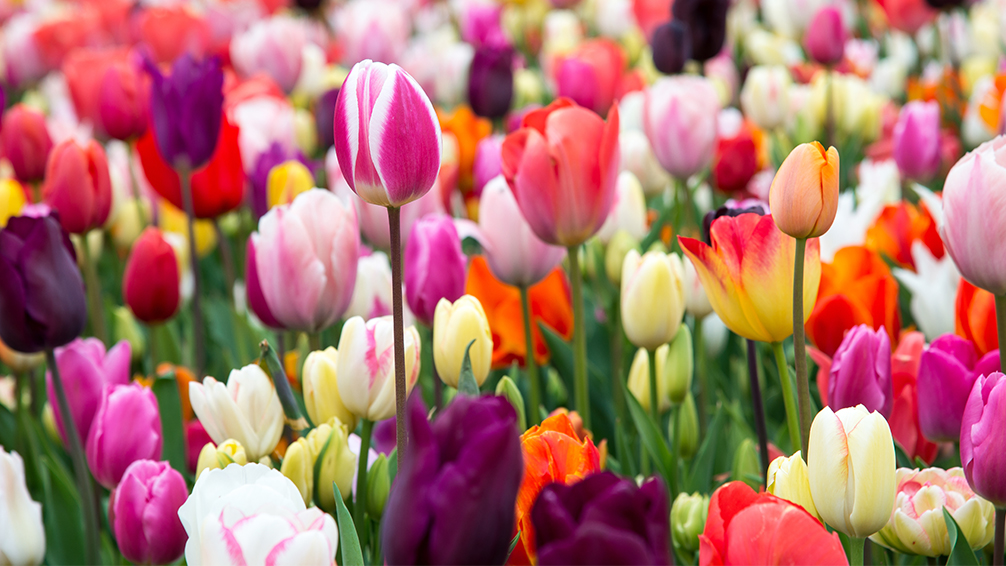
8 Bulbs To Plant Now For Spring Blooming
It may seem strange to be already planning our spring gardens, but there are several flower bulbs you’ll need to plant now, so they’re ready to begin blooming right at the start of the season. These popular Houston spring blooming bulbs are real keeners, poking their heads out from the soil the moment temperatures start to rise. Getting them in the ground isn’t hard, and the payoff is so worth it—you’ve gotta admit, it’s kind of exciting to see those first little hints of green, followed by lush blossoms in a whole spectrum of gorgeous colors.
Put some of these bloomin’ bad boys in the ground this winter, so you can take a break from the garden for a few months and focus on catching up on that spring cleaning. Or, y’ know, catching up on the latest season of The Bachelor. Tons of binge-worthy shows premiere at that time of year, so we won’t blame you for dropping the trowel and picking up the remote for a little while.
Spring Blooming Flower Bulbs To Plant Now in Houston
These popular flowers are definitely the best spring blooming bulbs to plant now because they need adequate time to soak up nutrients and moisture from the soil before sprouting up to meet the sun. A lot of them make charming cut flowers, too, so if you’re all about the fancy Easter arrangements, you’ll definitely want to add some of these to your garden:

Freesia: Plant them in mid-December through January, two inches deep into the soil with the pointy end facing upward. Space these beauties two to four inches apart. Loosen the soil up well, so it’s easy for the new stems to break through the surface. There’s a lot to love about freesia—the gorgeous scent is commonly added to perfumes and aromatherapy candles, and they come in so many different colors, like red, pink, white, yellow, and purple. Plant a bunch in all one color, or do a rainbow mix! Either way, they’ll look amazing.
Sparaxis: Plant them in mid-December through January. Their distinctive yellow centers with dark edging contrast beautifully with their vibrant petals, creating the appearance of a flower within a flower. Plant them two inches deep and four inches apart. Make sure to water them generously for the following six weeks to get them all juiced up for a healthy growing season.
Lycoris: Like the others, you should plant Lycoris mid-December through January. However, when you plant them, you’ll want to leave at least six inches of space between them, and make sure the top quarter of the bulb, or “corm,” is exposed. If you’re prone to hungry squirrels or rabbits munching on your garden bulbs, it might be worth spraying some repellant around your lycoris—they’re a little easier to snatch since they aren’t completely buried. They like a moderate amount of water, so no need to go overboard! About one inch of water per week during the active growing period should suffice.
Narcissus: Okay, you’re probably sensing a pattern here. Narcissus, also known as daffodils, should be planted mid-December through January (gasp!) and require very minimal maintenance. Plant them a bit deeper, at a depth of about three times the height of the bulb. They’re pretty aggressive growers, so don’t be surprised if they start to get a bit crowded and take over the garden a bit. That being said, they’re pretty adorable, so we don’t really mind the sunny explosion of yellow that results after you plant a collection of narcissus bulbs. They need lots of water, so it’s a good idea to apply a layer of mulch across the soil to help shield the sun from drying it all up.

Tulips: Time for a combo breaker! Instead of planting tulips right away, they need to be overwintered. Since chilly winters aren’t much of a thing here, you’ll have to refrigerate them for six to eight weeks, and then plant your bulbs in January. Mix some compost into the soil to give your tulips an extra nutrient boost, and then plant them about eight inches deep. They prefer shadier spots, so try planting then underneath a canopy of trees instead of right out in the direct sun.
Hyacinth: Just like the tulip, these lovely clustered flowers need to be refrigerated six to eight weeks, then planted you’ve loosened up the soil well and added in some compost or bonemeal. Loosening the soil helps to improve drainage, so the bulb won’t end up sitting in stagnant water, which can lead to some gnarly grey mold. Plant them four inches deep and three inches apart. Purple hyacinths are the most iconic, but there are pink and white varieties available too. Plant a mix of them together for a delightfully candy-colored display.
Paperwhite: This cousin of the narcissus can be kept inside for the holidays and will bloom 6-8 weeks, or you can plant them outside in January. They’re usually one of the earliest blooming flowers of the season, and they have a very strong, yet delightful scent. They’re also one of the easiest bulbs to grow, so if you’re a newbie when it comes to gardening, or if your New Year’s Resolution is to overcome your black thumb, paperwhites make a fantastic beginner project. If you grow them indoors, make sure the top inch of the corm is poking out. Outdoors, you’ll want to place them about six inches deep into the soil, and three inches apart.
Amaryllis: This classic holiday flower is a very popular stocking stuffer, and like the paperwhites, you can either grow them indoors or outdoors. Indoors, they’ll bloom for around eight weeks, and if you want, you can transition them to outdoors afterward. Their large flowers are always sure to turn heads, and it’s pretty amazing how fast they grow. If you’ve got kids who want to try their hand at growing plants, amaryllis would be an awesome starter project for them, with quick growth results that they can see each day.

Who’s the best source to grow spring blooming bulbs? Plants For All Seasons, of course! Swing by the shop this week to pick some up and try to get them in the ground as soon as possible. The less time they’re exposed to air, the better!
